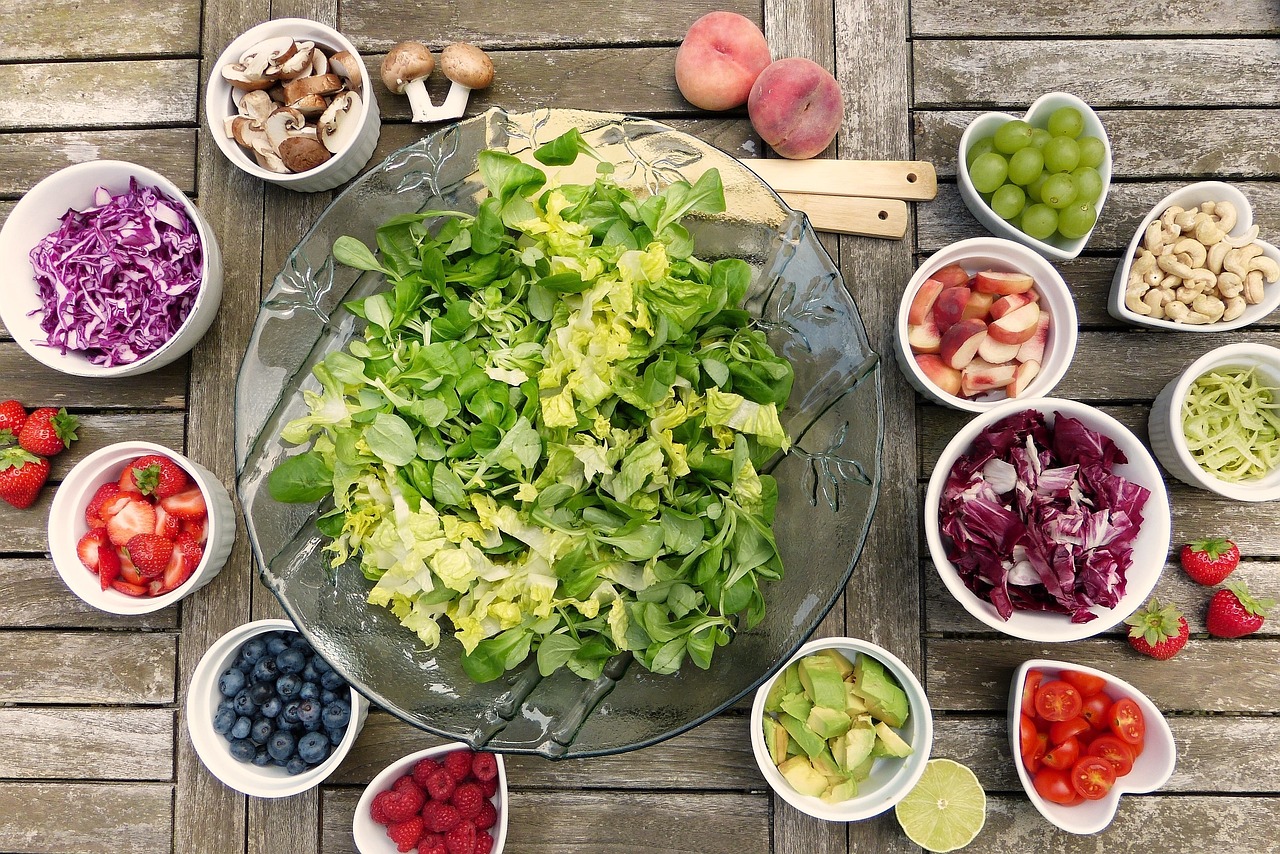Robotics in Food Manufacturing: Enhancing Efficiency and Safety
Robotics in food manufacturing offer numerous benefits such as increased production efficiency. With robots handling repetitive tasks, the production process becomes more streamlined and consistent. This leads to higher output rates and improved product quality, meeting consumer demands more effectively.
Another advantage of implementing robotics in food manufacturing is enhanced food safety. Robots can perform tasks in a controlled and sterile environment, minimizing the risk of contamination. This not only ensures the safety of the products but also reduces the chances of human errors that could compromise food quality. By maintaining strict hygiene standards, robotics contribute to upholding industry regulations and building consumer trust in the products.
Challenges Faced in Implementing Robotics in Food Manufacturing
Implementing robotics in food manufacturing comes with its set of challenges that industry professionals need to address. One common hurdle faced is the high initial costs associated with purchasing and installing robotics systems. The investment required for integrating robotics into the production line can be substantial, which may deter some companies from adopting this technology.
Moreover, the complex nature of food products and the diverse range of tasks involved in food manufacturing present another challenge. Robotics systems need to be versatile enough to handle various processes such as cutting, packaging, and quality control. Ensuring that robots can effectively perform these tasks without compromising food safety and quality standards requires thorough planning and testing.
Impact of Robotics on Efficiency in Food Manufacturing
With the implementation of robotics in food manufacturing, efficiency has seen a significant boost across various processes. Robotics streamline production lines, enhancing speed and precision in tasks such as packaging, sorting, and quality control. The automation of repetitive and labor-intensive tasks has resulted in increased output levels and improved overall productivity within the food manufacturing industry.
Moreover, robotics in food manufacturing have led to a reduction in human error, resulting in higher levels of consistency and quality in the final products. By utilizing robotics for tasks that require high precision and accuracy, manufacturers have minimized the risk of errors commonly associated with manual labor. This improvement in product quality not only enhances customer satisfaction but also reduces costs associated with waste and rework.
What are some advantages of implementing robotics in food manufacturing?
Some advantages of implementing robotics in food manufacturing include increased production efficiency, improved product quality, reduced labor costs, and enhanced food safety.
What are some challenges faced in implementing robotics in food manufacturing?
Some challenges faced in implementing robotics in food manufacturing include high initial investment costs, the need for skilled technicians to operate and maintain the robots, and the potential for job displacement among human workers.
How does robotics impact efficiency in food manufacturing?
Robotics can impact efficiency in food manufacturing by streamlining production processes, reducing human error, increasing production speeds, and improving overall product consistency.
Can robotics help improve food safety in the manufacturing process?
Yes, robotics can help improve food safety in the manufacturing process by minimizing the risk of contamination, ensuring precise ingredient measurements, and reducing the potential for cross-contamination during production.
Will implementing robotics in food manufacturing lead to job losses?
While implementing robotics in food manufacturing may lead to some job displacements, it can also create new opportunities for skilled technicians to operate and maintain the robots, as well as for workers in other areas of the production process.





